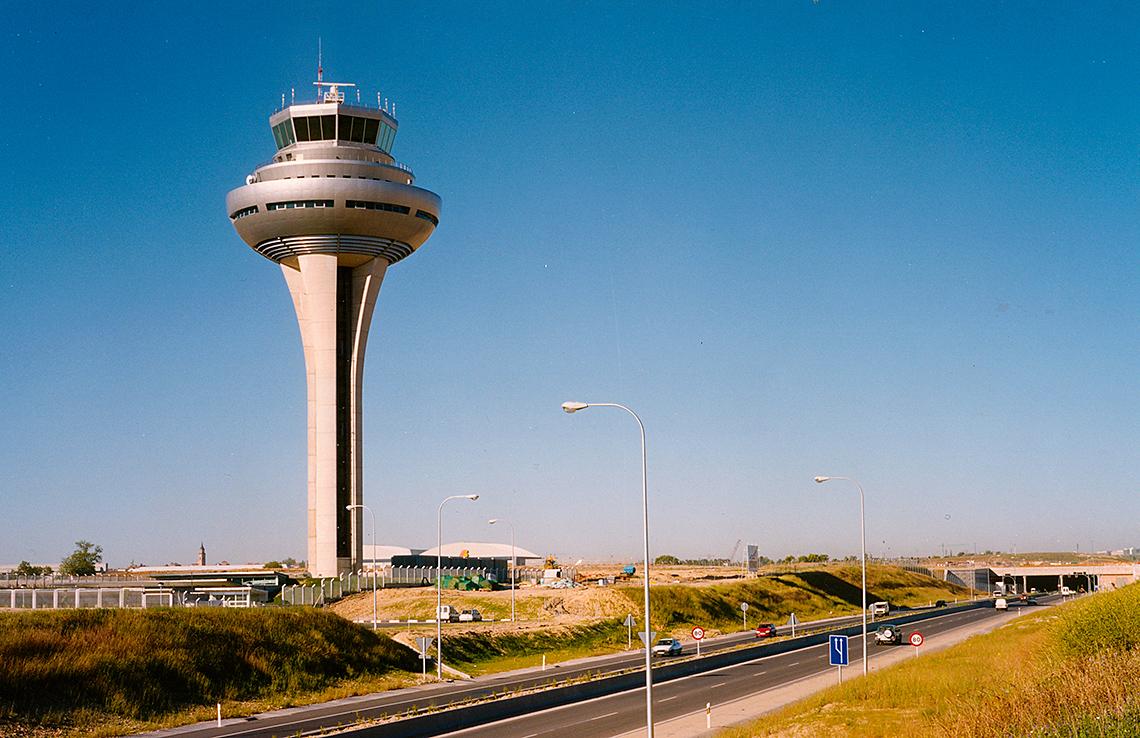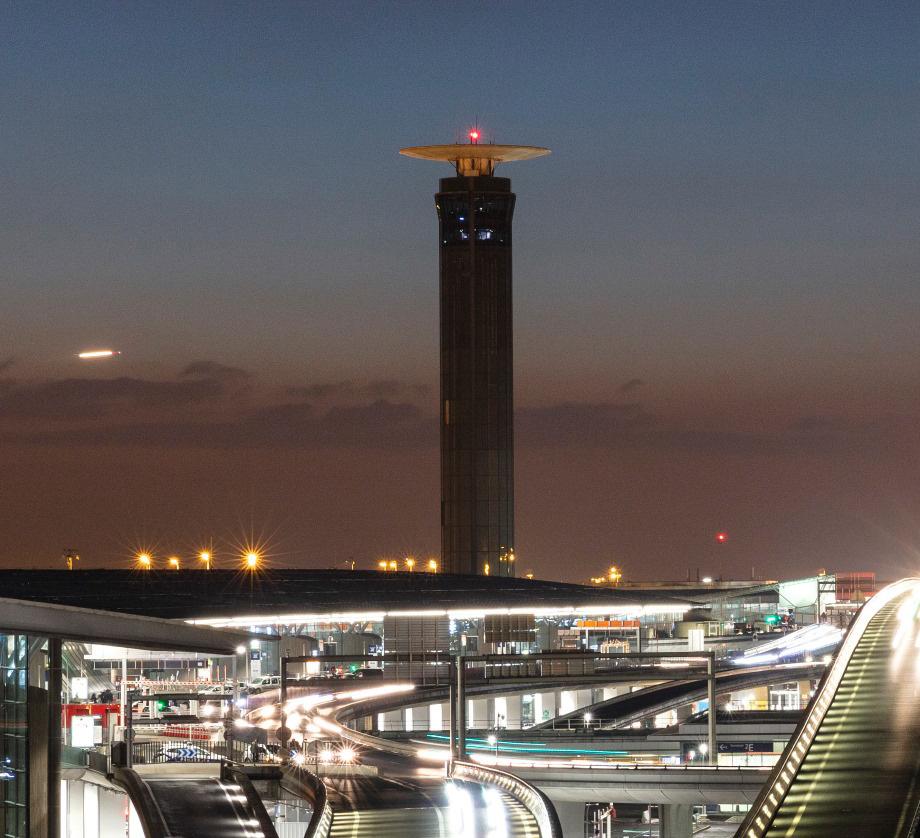

It is recognized that these services cannot be provided in cases in which the provision of services is precluded by the above factors.Ĭonsistent with the aforementioned conditions, controllers shall provide additional service procedures to the extent permitted by higher priority duties and other circumstances. The ability to provide additional services is limited by many factors, such as the volume of traffic, frequency congestion, quality of radar, controller workload, higher priority duties, and the pure physical inability to scan and detect those situations that fall in this category. In addition to its primary function, the ATC system has the capability to provide (with certain limitations) additional services. Secretary of Transportation Pete Buttigieg said: “ These new air traffic control towers will mean that smaller airports can handle more flights, more sustainably and more affordably… I look forward to seeing this design go from the drawing board to construction sites across the country.The primary purpose of the ATC system is to prevent a collision between aircraft operating in the system and to organize and expedite the flow of traffic. The two largest by passenger traffic on the list are Detroit Metro Wayne County Airport, the 18th busiest in the country, and Key West International Airport, which routinely floods during hurricanes. (Courtesy PAU)ģ1 towers currently beyond their intended lifespan have been identified as initial candidates for PAU’s design. These airports have been listed by the FAA as initial candidates for the PAU-designed towers. Over 200 regional and municipal control towers are under the maintenance of the FAA, many of which are in need of replacement. The FAA added that the chosen design meets the agency’s preferences of reducing construction and operational costs through standardized design while meeting operational requirements at both particularly high and low temperatures, wet and dry environments, and under high wind conditions. PAU’s modular construction prototype has been designed to be fabrication mostly in-shop rather than on-site, with a focus on mitigating each tower’s carbon footprint in the construction process. To this end, steel and metal products used will contain a high percentage of recylced content, facades will be designed to mitigate thermal bridging, and all building systems will be electric. PAU ’s modular design allows for flexible arrangements that meet local climate and other site-specific needs.

Overall, the designs incorporate numerous sustainability initiatives to remain in compliance with the Department of Transportation’s goal of net-zero greenhouse gas emissions in the aviation industry by 2050. Vishaan Chakrabarti, founding principal and creative director of PAU, said that the firm “finds great creative possibility within tight constraints… we are thrilled to accept this challenge to create beautiful, functional architecture that serves the needs of air traffic controllers across the country.”Īt airports where conditions permit, the towers will utilize geothermal heating and cooling in order to prioritize renewable sources of energy. On the exterior, finishes will be specified with long-term maintenance feasibility in mind. The interior spaces in which air traffic controllers will work integrate daylighting and fresh air ventilation, aiming to improve worker comfort. Flexibility in the towers ’ structural design will allow for them to be built at varying heights. Rising between 63 and 119 feet, the towers will be constructed from combinations of precast concrete and cross-laminated timber dependant upon climate and seismic conditions. In contrast to Pei’s design, PAU’s towers will be “ standardized yet highly flexible, allowing for customizable colors and materials to meet the needs and reflect the local identities of their respective sites,” the firm said in a press release. Kennedy International Airport, was demolished in 2011. Pei’s other prominent work of airport architecture, the Sundrome at John F. Ranging from 60 to 120 feet in height, with the exception of a 150-foot prototype at O’Hare International Airport, was a slender concrete tower with non-reflective glazing on the prefabricated cab topping the tower. Colorful aspects of the towers can be adjusted to local contexts-something that is lacking from existing tower designs. These designs, which physically separated the towers from terminals themselves, were ultimately realized by the FAA in 17 towers. Pei won a 1962 commission to design 13 iterations of towers adaptable to a range of airports.

Pei’s midcentury air traffic control tower designs. PAU has framed the project as building on the legacy of I.M.


 0 kommentar(er)
0 kommentar(er)
